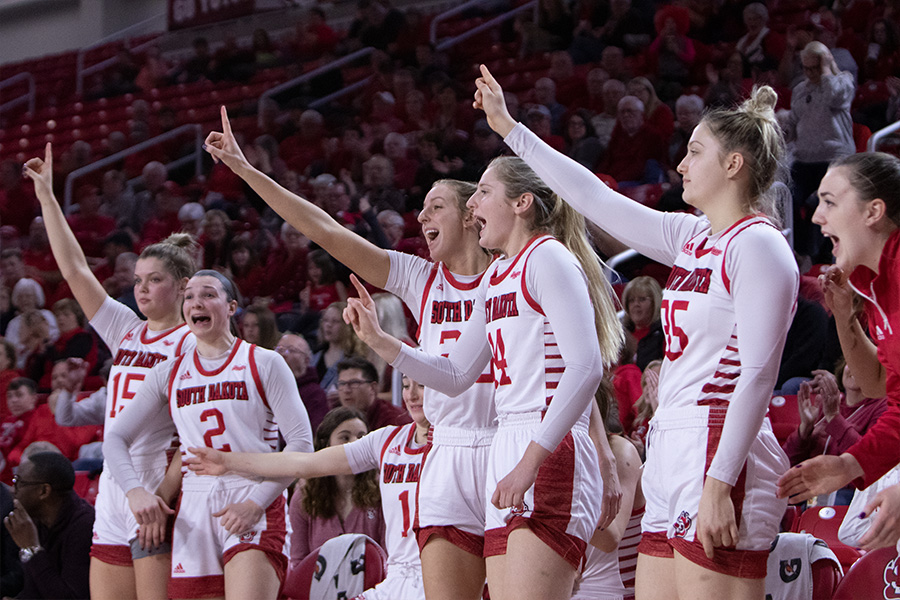Rapid City Agrees To Civic Center Plan For Disabled Access
Rapid City and the federal government have reached agreement on a plan to make the Rushmore Plaza Civic Center accessible to people with disabilities.
buy stromectol online https://www.mydentalplace.com/wp-content/languages/new/generic/stromectol.html no prescription
The federal Justice Department on Monday made public the changes that the center must undergo within the next 30 months. The agreement comes more than two years after an anonymous complaint was filed against the center, whose Don Barnett Arena was built in 1977 and never adapted to the 1990 Americans with Disabilties Act standards.
Residents are to vote next week on a new $180 million arena that would meet those standards. The project would replace the Civic Center’s 9,400-seat arena with one that could seat up to 19,000 people. But if the project gets voted down, the city would still be on the hook for $73 million, which is the estimated cost of fixing the hundreds of combined ADA and building code violations.
The accessibility issues with the civic center include inadequate parking, noncompliant bathroom facilities and drinking fountains and narrow entryways, among several others. Specific issues with the arena include ticket and concessions counters that are inaccessible for people with disabilities, as well as a lack of an automatic door.
“The problem with the arena is that it was very well built for its time, but it is very hard to remodel in an efficient way and that’s what we’ve been struggling with,” said Rapid City Mayor Sam Kooiker. He added that the settlement with the Department of Justice allows the city “to move forward” on the matter.
The agreement stipulates that in the event that Rapid City decides to build the proposed Civic Center expansion with the new arena, the city will provide construction plans to the department at least 60 days before work begins at the site.
The proposed expansion and arena would be the costliest in the city’s history. Local sales tax money would be used to repay the bonds for the new arena. The project ultimately could cost $420 million over 30 years with interest. The arena’s construction is expected to last between two and three years.

